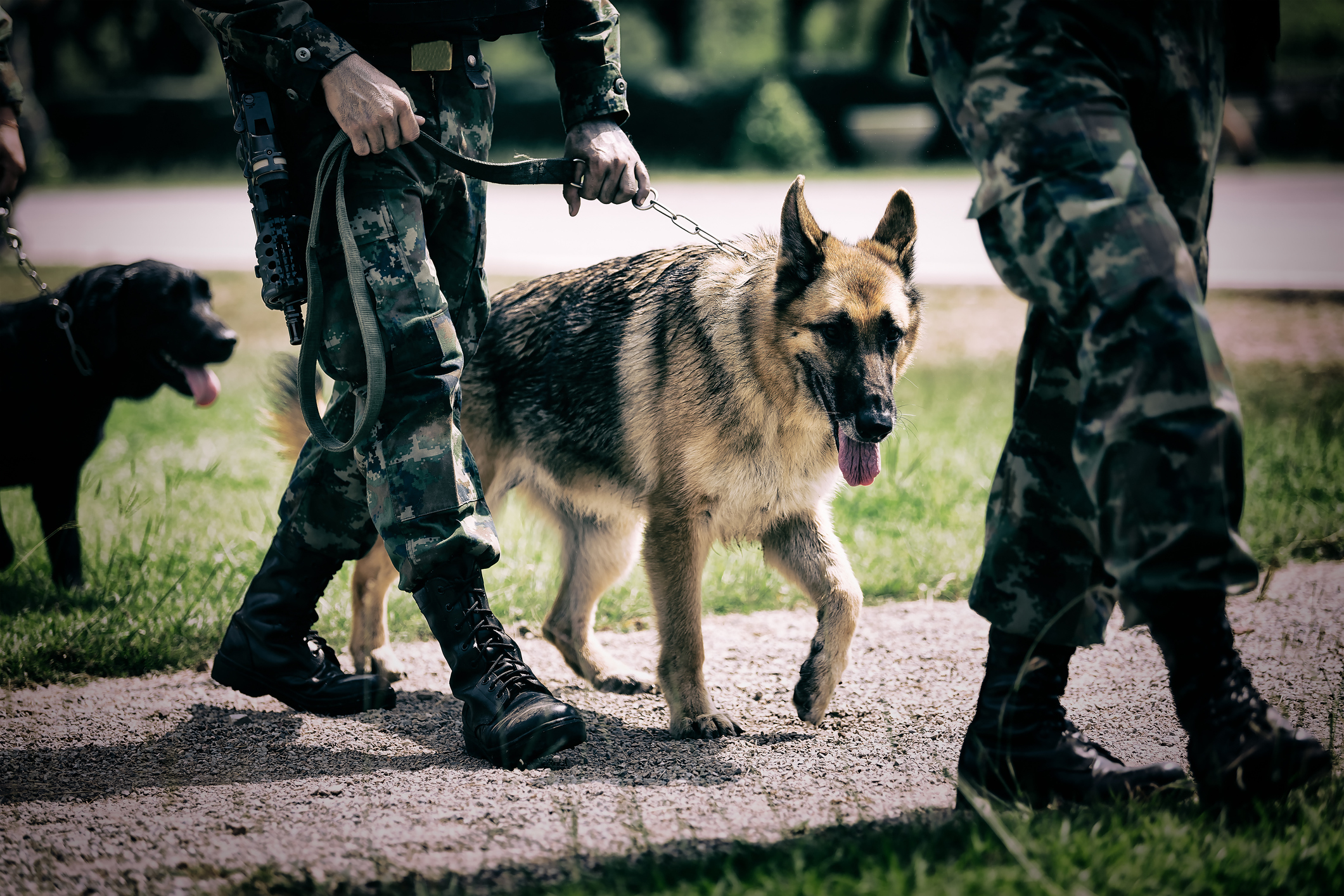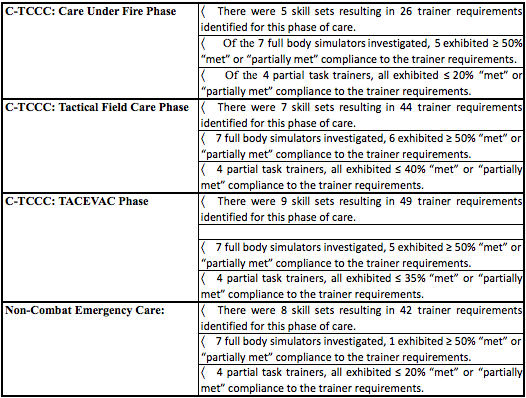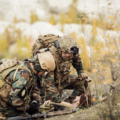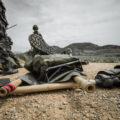
Canine Medical Care Research
Information Visualization and Innovative Research (IVIR) investigated Canine Medical Care for the US Army Research Laboratory (ARL), Human Research and Engineering Directorate (HRED), Advanced Training and Simulation Division (ATSD) to further research in the area of canine medical training courses and simulation tools.
- Based on the success of Tactical Combat Casualty Care (TCCC) in reducing case fatality rates in human combat casualties, a U.S. Special Operations Command (USSOCOM) working group convened in 2009 to develop canine-specific TCCC (C-TCCC) principles but with adaptations to account for differences related to canine-specific anatomy and physiology.
- The mission was to investigate the current curricula, programs of instruction and doctrine to establish educational and skills requirements based on desired outcomes for specific skills performance.
- The effort aimed to provide documentation of the educational needs and technology gaps for training Soldiers to successfully render care to our military working dogs (MWDs) and Operational Canines (OCs).
Sponsor:
U.S. Army research Laboratory (ARL) Simulation Training & technology Center (STTC)Award Date:
August, 2016Contract #:
W911NF-16-C-0046Status:
DeliveredThe conduct of this research effort resulted in the following:
- Generation of C-TCCC educational and skills requirements traceability matrix
- Gap Analysis of current canine simulation technologies ability to meet the educational objectives and skills requirements for canine medical care
- Annotated bibliography of all topical research
- Overview of the structure of canine medical care (military and civilian)
- Summary of canine medical care with emphasis of C-TCCC procedures within each phase of care (Care Under Fire, Tactical Field Care and Tactical Evacuation (TACEVAC)
- Summary of Non-Combat Emergency Care

Gap Analysis
A Gap Analysis was conducted based upon the procedures for C-TCCC defined in the Handler Training Manual, June 2015, as it provided a comprehensive summary of C-TCCC skills required in each phase of care, i.e., Care Under Fire, Tactical Field Care and Tactical Evacuation (TACEVAC). Furthermore, Non-Combat Emergency Care skills requirements were also addressed. The canine medical simulation trainers investigated included 7 full body trainers (1 of which is an academic research effort) and 4 partial task trainers. The ability for the canine simulation products investigated to meet C-TCCC and Non-Combat Emergency Care skills requirements.
Conclusion of the research is that currently available canine medical simulation devices are lacking in areas for training: prevent/treatment of shock induced hypothermia, analgesia, splint fractures of limbs, managing eye trauma and burns.






